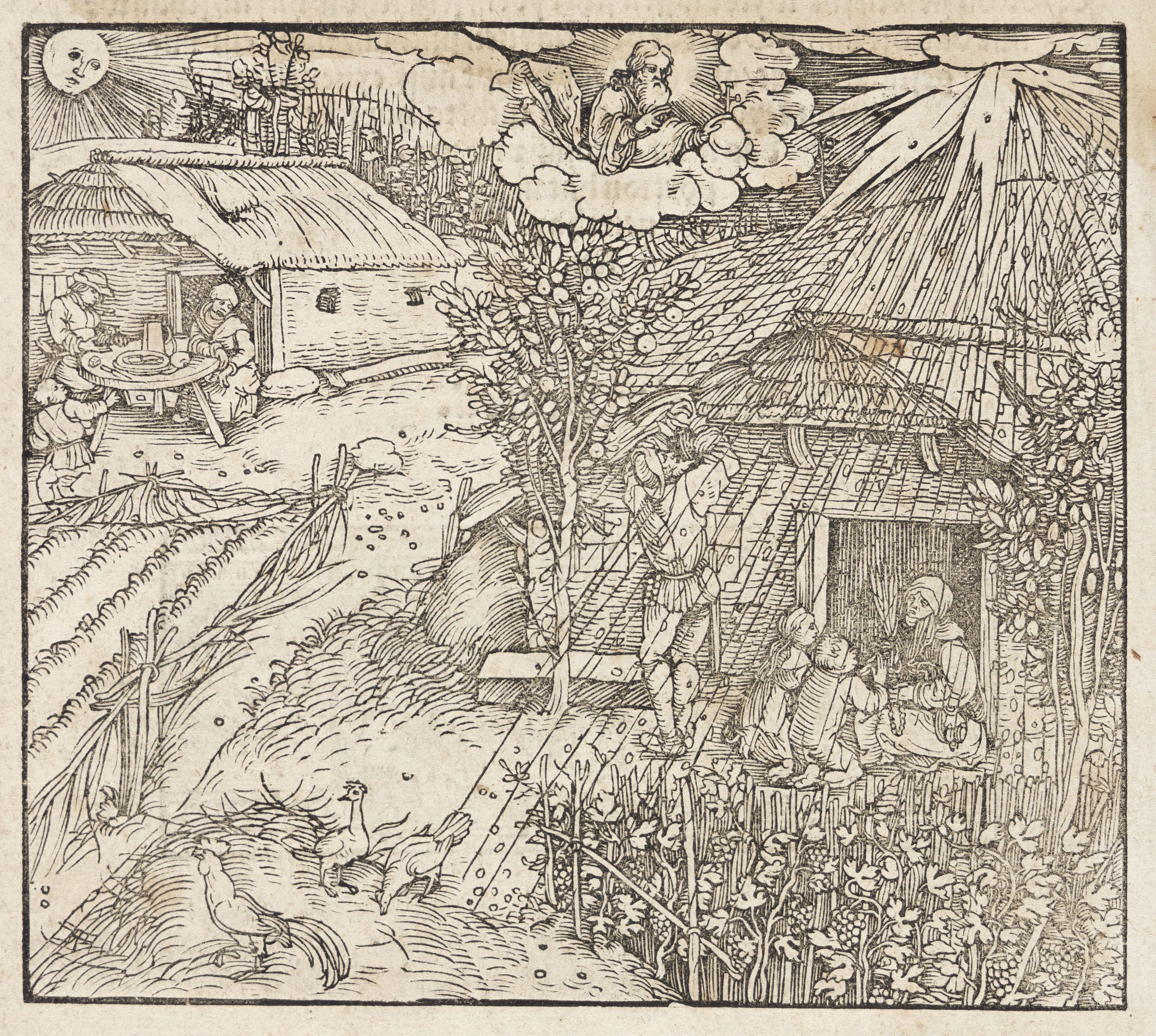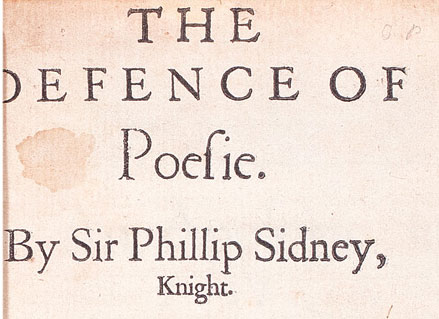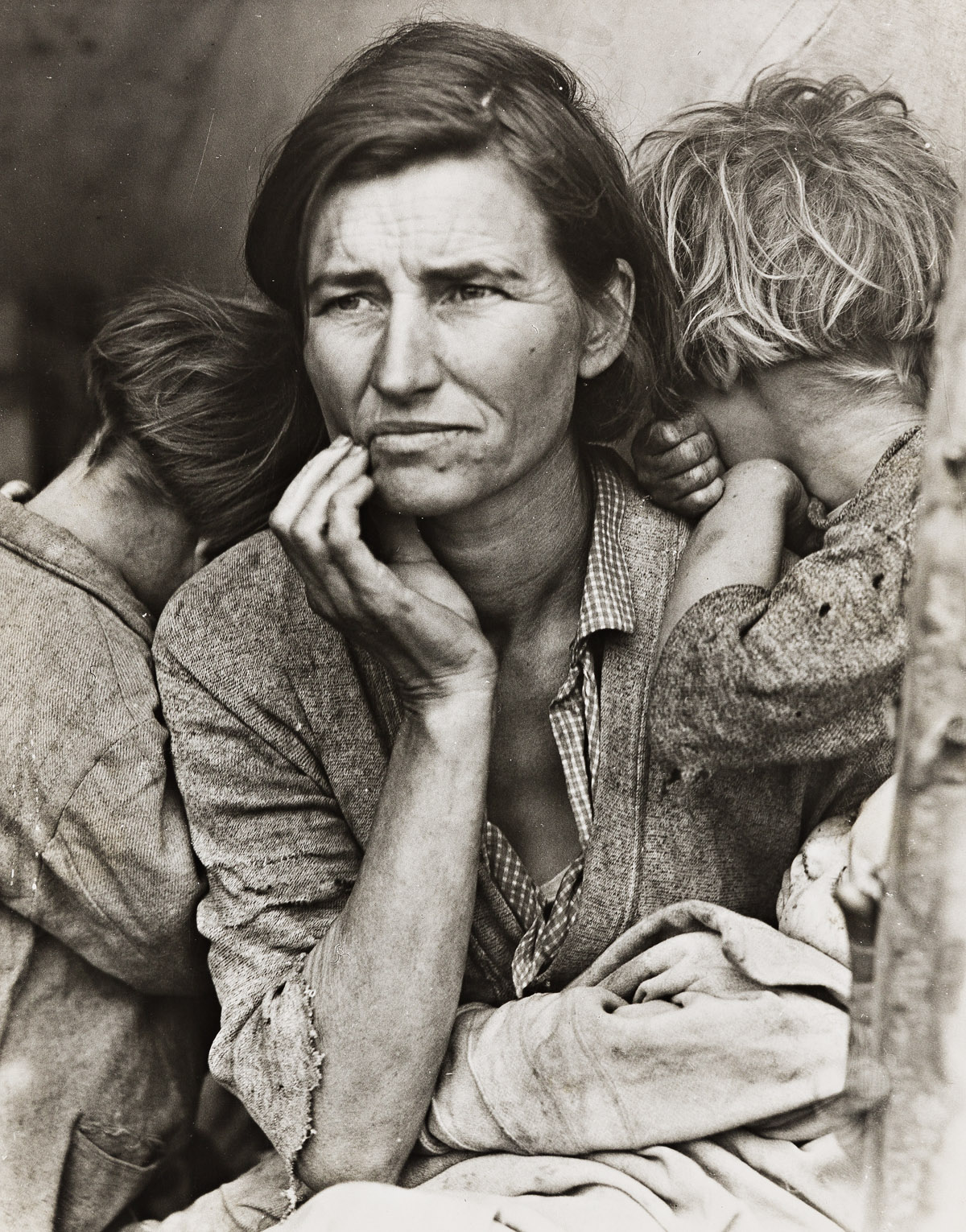The Earliest French Erotica
A titillating section in our March 8 auction of Early Printed, Medical, Scientific & Travel Books contains two scarce early examples of French erotica.
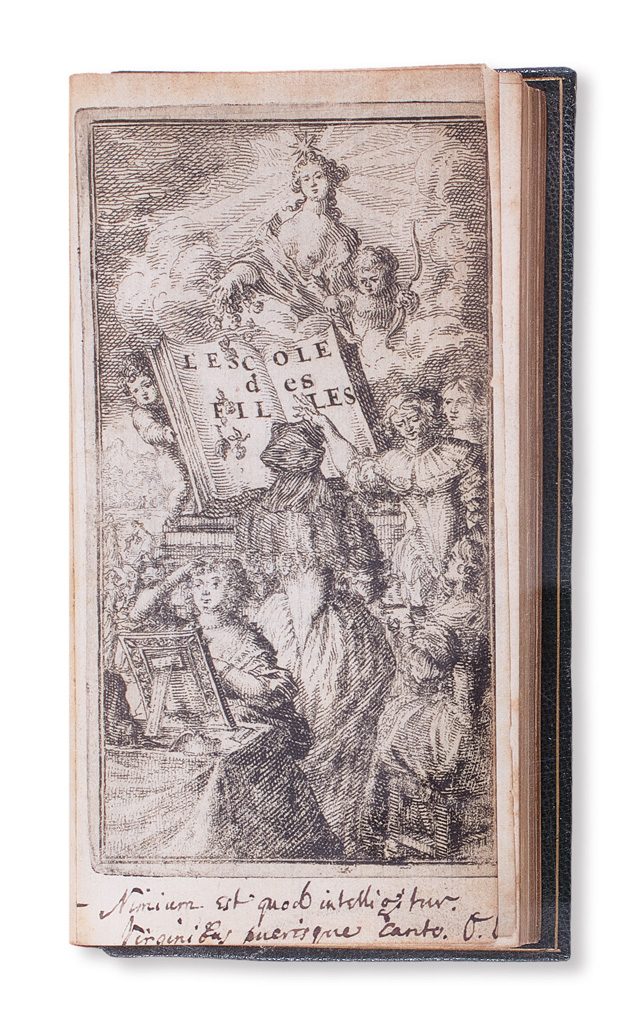
Lot 75: Michel Millot and Jean L’Ange (attributed to), L’Escole des Filles, third edition of the first work of pornographic fiction in French, Fribourg, 1676. Estimate $8,000 to $12,000.
L’Escole des Filles, ou La Philosophie des Dames, which translates to The School for Girls, or Ladies’ Philosophy, is the first work of pornographic fiction in French. It was an early example of the literary genre unfortunately called “Whore Dialogues” that consist of two women, generally one more experienced than the other, discussing sexual exploits. In her essay, The Politics of Pornography: L’Ecole de Filles, Joan DeJean wryly points out that “the dialogue form is the preferred vehicle for a blend of philosophical and sexual subversiveness. The dialogues [in L’Escole des Filles] hardly live up to the promise of the work’s subtitle, La Philosophie des Dames, for in them sexual explicitness is completely without philosophical implications.” The present copy is believed to be the third edition–the 1655 first edition was suppressed on publication; all but a few copies were burned, and none now survive. Its alleged authors, Millet Millot and Jean L’Ange, were put to death.
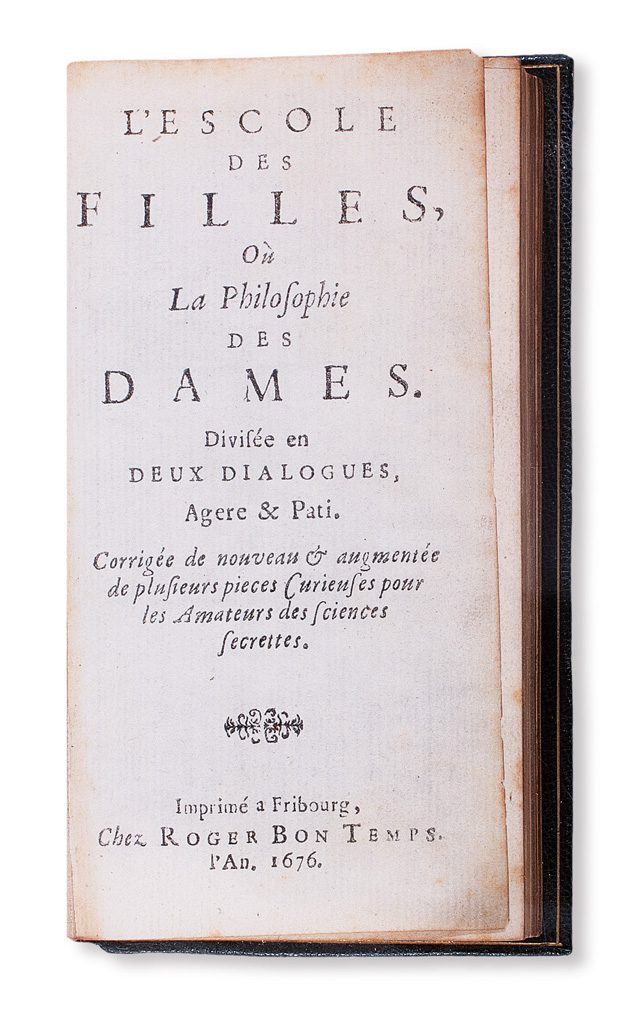
Lot 75: L’Escole des Filles
In the first dialogue, a libidinous young man named Robinet lusts after naïve Fanchon, and has persuaded her older cousin Susanne to convince the girl to lay with him. Susanne prepares Fanchon, giving such helpful tidbits as the names and mechanics of various parts of the body, how to kiss, descriptions of positions and so on. Susanne enthusiastically describes a phallus: “It’s thicker and half as long again, hard and stiff as a truncheon, quite sturdy enough to stand erect in the way I’ve described.” Intrigued, Fanchon agrees to see Robinet in private, and a few days later Susanne resumes the dialogue to ask her young cousin about the experience, which Fanchon relates in detail.
Sarah Toulalan notes in Imagining Sex: Pornography and Bodies in Seventeenth-Century England, that although the protagonists of most seventeenth-century erotic dialogues are women, the focus of the conversation is on the “beauty” and pleasure of the male participant. “Even in passages where our first impression is that the female body is being described, what the text leads us to focus on is the action of the man in revealing and touching that female body, and of the reaction of the male body to the female body.” Toulalan accounts for this in two possible ways. First, that the texts were intended as guidebooks for women who were often entirely unaware of the specifics activities necessary for reproduction. Second, and more probable, “Whore Dialogues” catered to a male readership, and the focus was intended to align with the interest of the consumer.
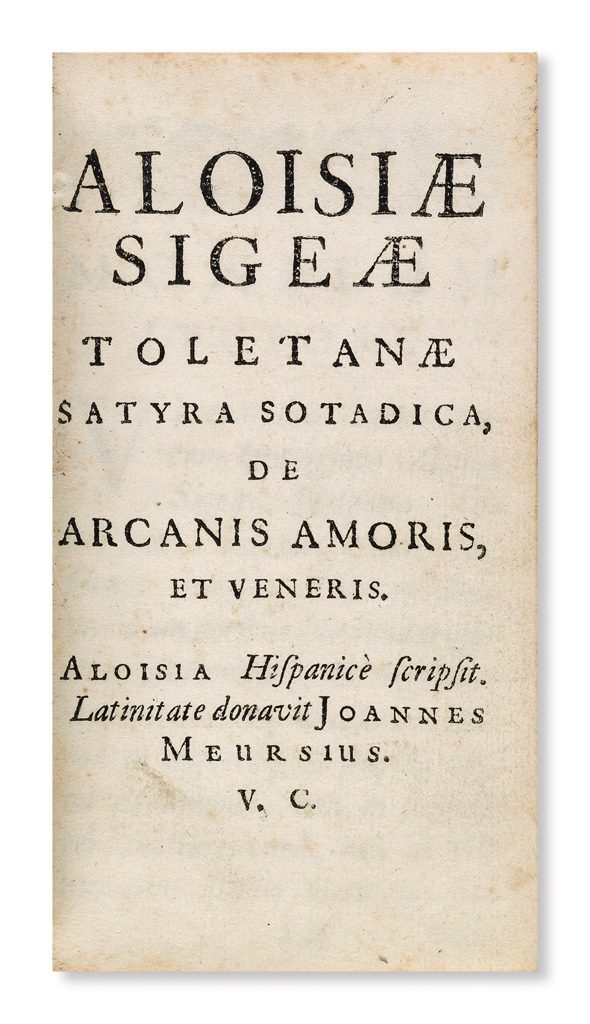
Lot 74: Nicolas Chorier, Aloisiæ Sigeæ Toletanæ Satyra Sotadica de Arcanis Amoris et Veneris, early edition, 1660s. Estimate $5,000 to $7,000.
The second example of nascent French erotica in our March 8 auction is an early edition of Aloisiæ Sigeæ Toletanæ Satyra Sotadica de Arcanis Amoris et Veneris, by French lawyer and historian Nicolas Chorier. The work consists of six dialogues concerning a young woman’s sexual initiation. In A History of Erotic Literature, Patrick Kearney calls it “the most outspoken erotic work of the seventeenth century.” Though the text purports to be the Latin translation by the Dutch classical scholar Johannes Meursius of a Spanish work by the sixteenth-century poet and courtesan Luisa Sigea de Velasco, this is now generally agreed to be incorrect.
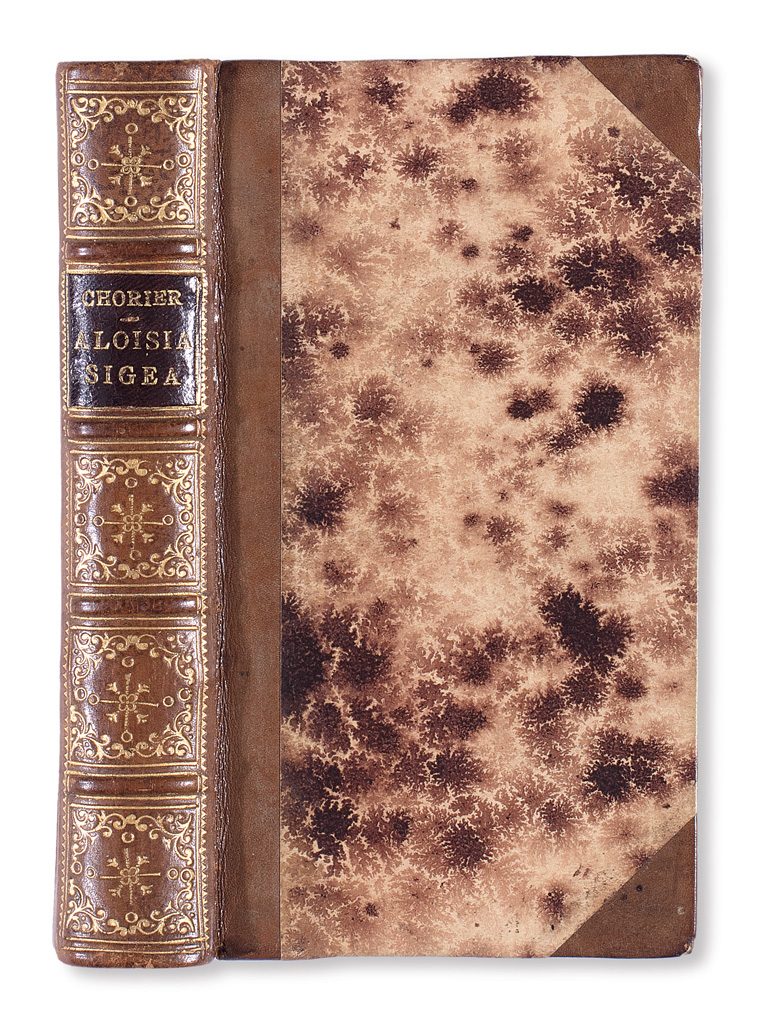
Lot 74: Cover of Aloisiæ Sigeæ Toletanaæ…
The title translates to Luisa Sigea of Toledo’s Sotadic Satire on the Secrets of Love and Venus. “Sotadic” refers to Sotades, an ancient Greek poet known for lewd poems. The first edition was published in secret around 1660, containing the present six dialogues; the complete edition with a seventh and final dialogue appeared in 1678.
As in L’Escole des Filles, the dialogues take place between two women, 26-year-old Tullia and her 15-year-old cousin Octavia. Tullia has been asked by her own husband to “reveal to you [Octavia] the most mysterious secrets of bridal bed and to teach you what you must be with your husband, which your husband will also be, touching these small things which so strongly inflame men’s passion.” She suggests that “This night, so that I can indoctrinate you in all of this liberated language, [we] will sleep together in my bed, which I would like to be able to say will have been the softest of Venus’s lace.” Poor Octavia serves as a comedic foil, asking amusingly naïve questions that Tullia answers in graphic detail.
The book devotes much time to the history and practice of lesbians, “complete with scholarly etymologies and learned references to Ovid, Lucretius, Horace, and Petronius,” according to Terry Castle in The Literature of Lesbianism: A Historical Anthology from Ariosto to Stonewall. It’s also characterized as a practical pursuit because “it won’t make you pregnant.”
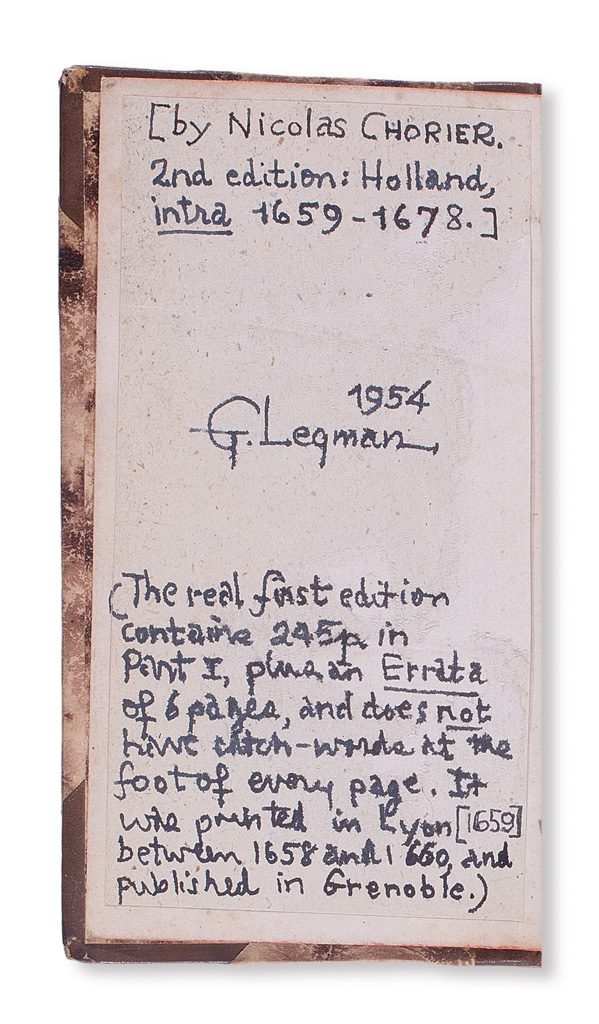
Lot 74: Aloisiæ Sigeæ…, signature of Gershon Legman, 1954.
The present copy comes from the library of the erotica scholar and collector Gershon Legman. His bibliographical notes and stylized signature, dated 1954, are mounted on the front endpaper. According to The New York Times, “He accumulated what has been described as one of the world’s largest collections of published and unpublished erotic and scatological literature.” His secondary interest was origami.
These works were circulated among the libertine community brewing in Paris. Indeed, it seems they were as rousing politically as they were physically. In closing The Politics of Pornography, Joan DeJean asks, “What link can be established between clandestine literature of all types and the political explosion that was the culmination of Enlightenment? In other words, is it possible to use the category of philosophical books to help explain how the French were collectively able to rise up?”
Browse the full catalogue.
